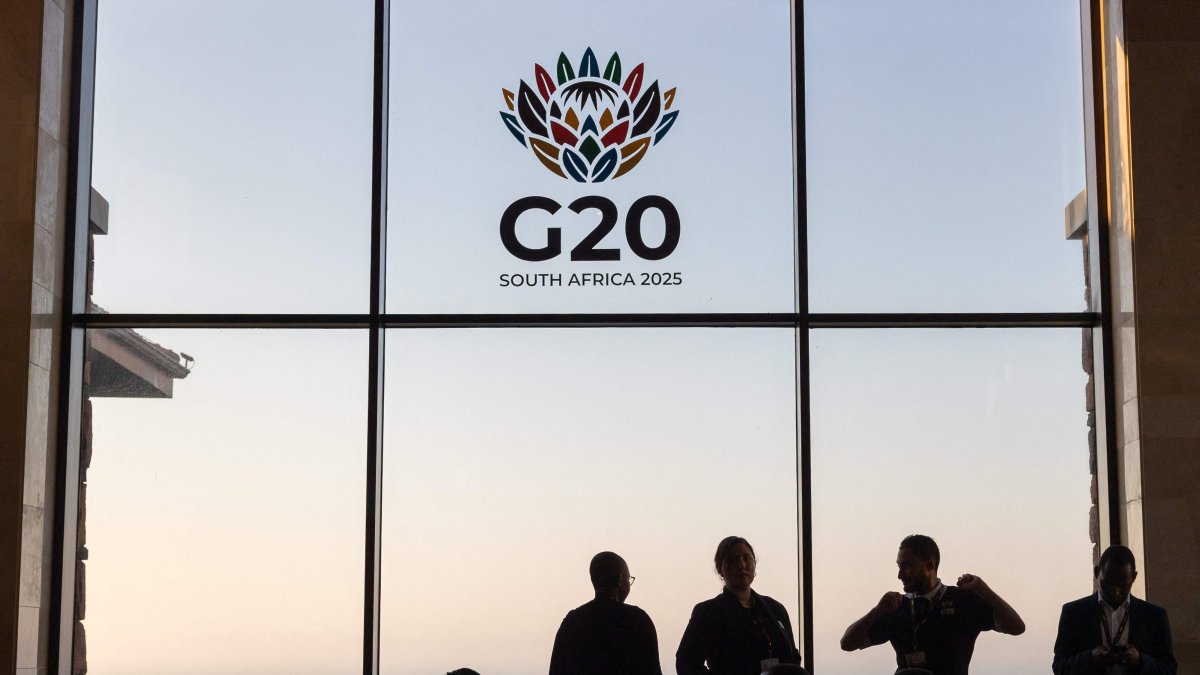EU Braces for Potential 10% US Tariffs: 'Lowest We Can Expect,' Says Sweden's Finance Minister

Brussels, Belgium – The European Union may be facing a reality of ongoing trade tensions with the United States, with Sweden's Finance Minister Elisabeth Svantesson suggesting a 10% tariff level represents the most favorable outcome possible from ongoing negotiations. Svantesson’s comments, delivered on Tuesday, signal a potentially significant shift in the EU’s strategy and a possible acceptance of a less-than-ideal trade landscape.
The statement comes amidst escalating concerns over protectionist measures and the potential for further disruptions to global trade. For months, discussions between the EU and the U.S. have centered around addressing trade imbalances and concerns about specific industries, but a comprehensive agreement appears increasingly elusive. The possibility of tariffs has loomed large, and Svantesson's remarks indicate the EU is preparing for a scenario where these measures become a reality.
“We have to be realistic. A 10% tariff level is the lowest we can expect,” Svantesson stated, underscoring the challenging environment for reaching a more advantageous deal. She didn't elaborate on the specific sectors most likely to be affected, but analysts suggest industries like steel, aluminum, and automobiles could bear the brunt of the tariffs, impacting both European exporters and U.S. consumers.
Impact on the European Economy
The prospect of even a modest 10% tariff has significant implications for the European economy. While seemingly small, such a levy on a large volume of trade could add up to billions of euros in costs, potentially impacting business investment, job creation, and overall economic growth. The EU is already grappling with inflationary pressures and the economic fallout from the war in Ukraine, and new tariffs would only exacerbate these challenges.
Furthermore, the implementation of tariffs could trigger retaliatory measures from the EU, leading to a cycle of escalating trade barriers and further disrupting global supply chains. This scenario would negatively impact businesses on both sides of the Atlantic and could undermine efforts to foster international cooperation.
Negotiation Strategies and Future Outlook
The EU is now tasked with reassessing its negotiation strategy and exploring ways to mitigate the potential damage from the tariffs. This could involve seeking targeted exemptions for specific industries, pursuing bilateral agreements with other countries to diversify trade partners, and strengthening the EU's internal market to enhance its competitiveness.
However, the political climate in the U.S. adds another layer of complexity. With midterm elections approaching, pressure on the Biden administration to demonstrate a tough stance on trade with Europe remains high. This makes it difficult to predict whether a more favorable outcome can be achieved in the long run.
Svantesson’s comments reflect a growing sense of pragmatism within the EU, acknowledging that a quick resolution to the trade dispute may be unlikely. The focus now shifts to damage control and finding ways to navigate a potentially more protectionist global landscape. The coming months will be crucial in determining the future of transatlantic trade relations and the broader implications for the global economy.





